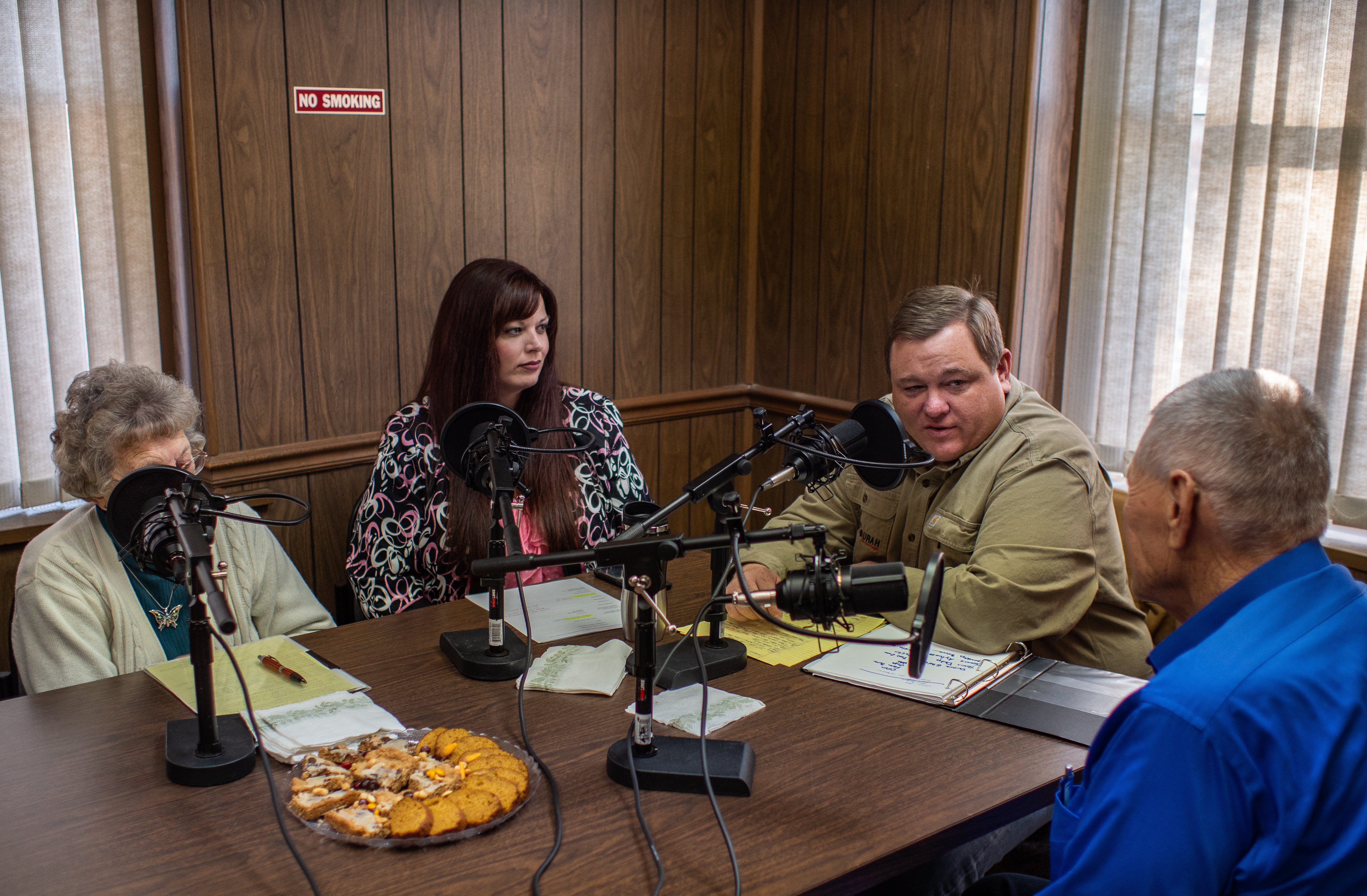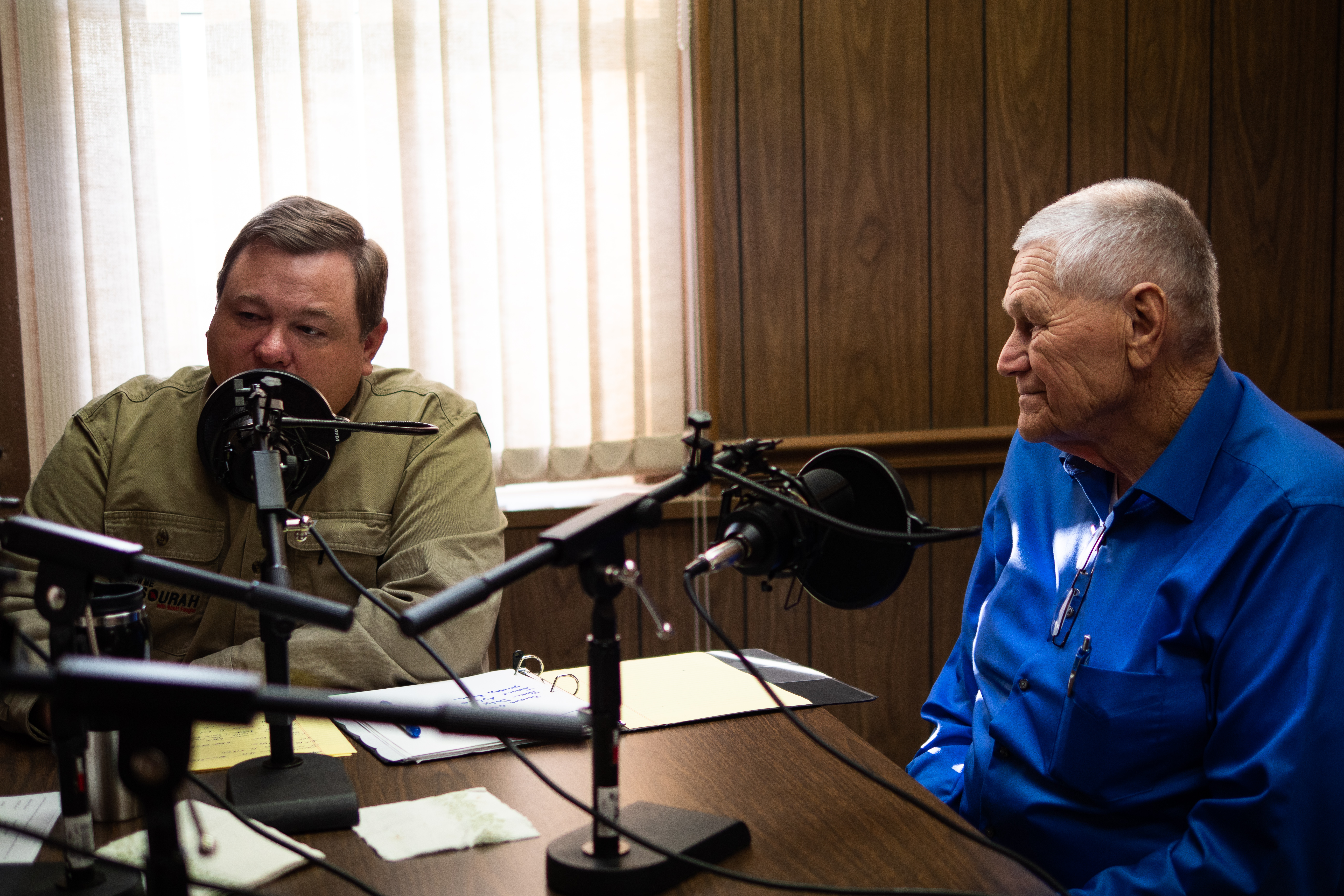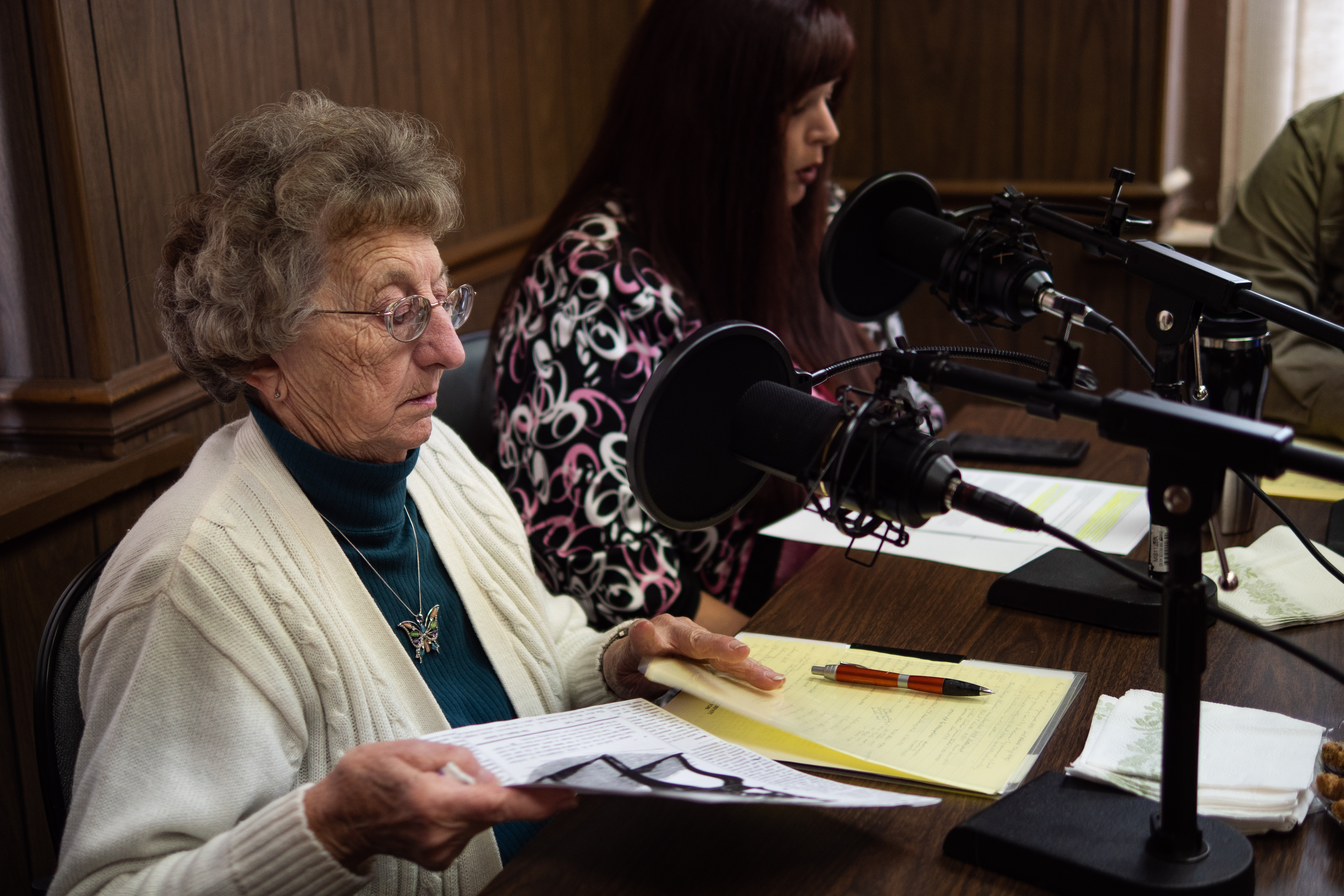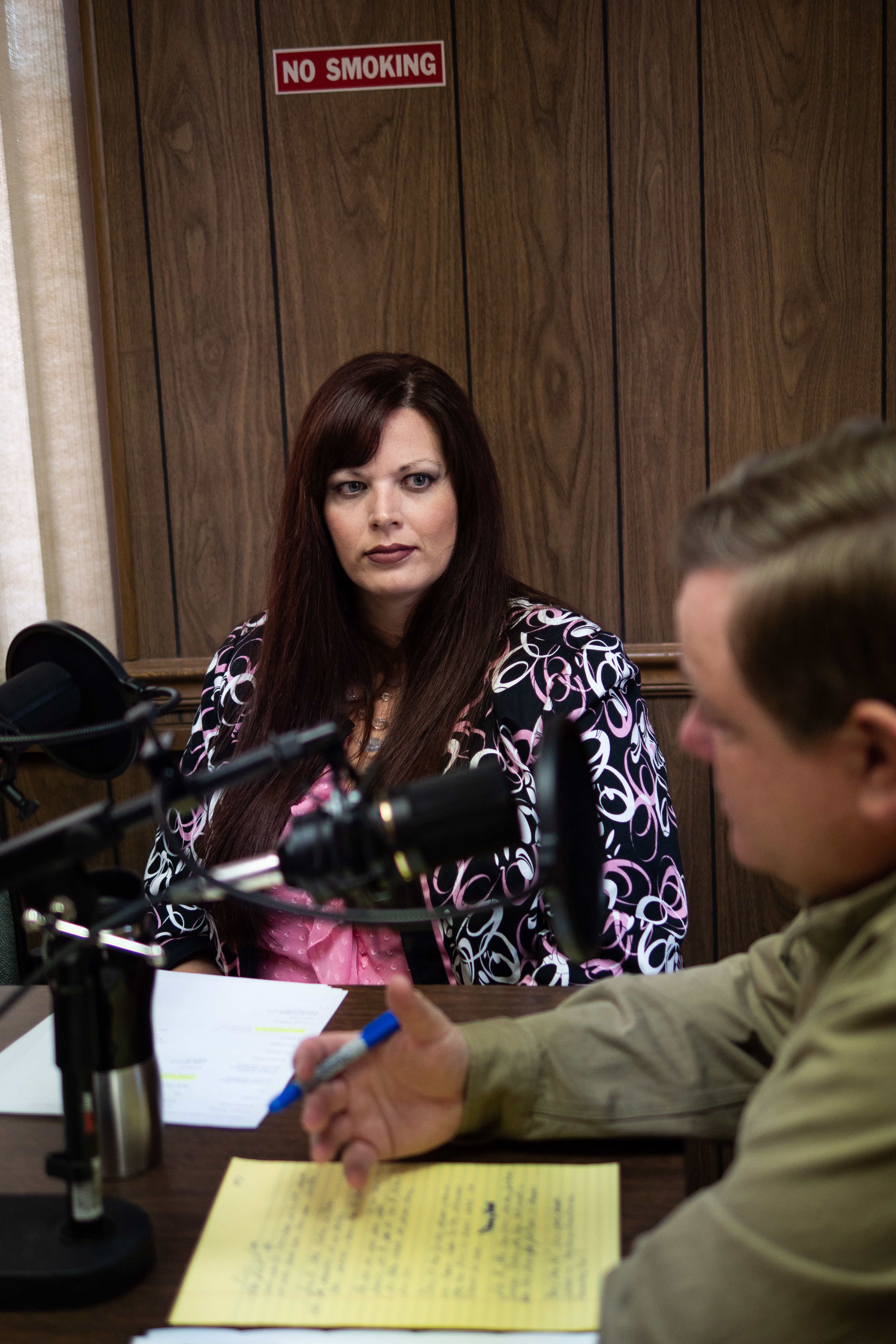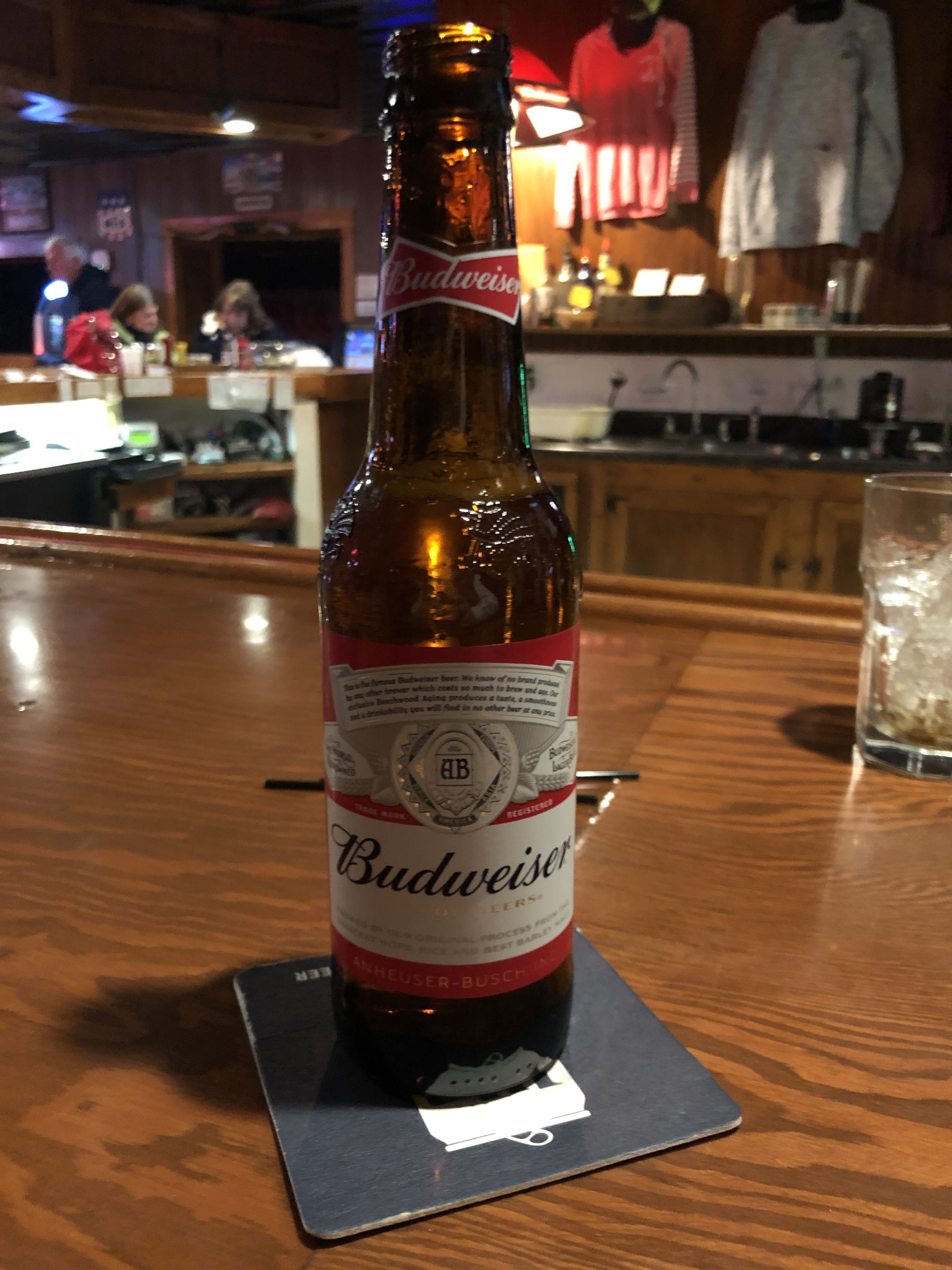This week, Show Me Missourah traveled to Memphis, the county seat for Scotland County, as we continue to tell the history of Missouri one county at a time.
Our host, Scott Faughn, sat down with some people who know the history of Scotland County best. Presiding Commissioner Duane Ebeling was joined by County Clerk and Missouri Association of Counties Board Member Batina Dodge and Historical Society member Joanne Aylward.
Ebeling’s ancestors originally came from Germany and have been in Scotland County for all their lives. In 1929, Ebeling’s father trading places with some other family relations and settled where Ebeling and his family currently live, just 8 miles south of where his father was born.
Dodge’s grandparents on her mother’s side came from Adair County. Her grandmother’s relatives were one of the earliest settlers to the county.
Aylward said that economics and new opportunities had a lot to do with how her family came to be in Scotland County. She said that people will say “our ancestors had itchy feet, they wanted to see what was on the other side of the mountain.
Scotland County is located in the northeastern part of Missouri. The population of the county was 4,843, according to the 2010 census. The county’s seat resides in Memphis, which is also its largest city.
Before the county was formed, the first settlers were Levi and George Rhodes who settled at Sand Hill, south of Memphis. Be sure to tune in to the podcast and hear about all the people who came into Sand Hill, like the first postmaster Robert Smith.
Land, game and water were available in the area and that was attracted many of the first settlers to the county.
The county was organized on Jan. 29, 1841 by the General Assembly as the 66th county. The county was given its name by lawyer Stephen W. B. Carnegy who was from Scotland, the country, and wanted to give the county the name of his home.
In 1843, a bill was passed in the state house to find a permanent seat for Scotland County. Obediah Dickerson, John Lear and Matthew Givens were established as the commission and held a meeting in Sand Hill, which was the county seat at the time, where they were offered multiple pieces of land. Listen to the full podcast to hear out Memphis was finally picked and named the county seat.
The first courthouse was built in June of 1845 and was later condemned. The second courthouse was built in 1856 and was also condemned. The third and current courthouse was completed in 1908 and is going through renovations today, but still keeping up with the original architecture. Be sure to tune in and learn about the courthouse bell and the historical significance that it has.
The Civil War caused a lot of tension and restlessness for the people of Scotland County. The county was evenly divided between Union and Confederate sympathizers because many early settlers came up from Kentucky and more recent settlers, around the time of the war, came from the eastern and northern parts of the country.
During the war, Scotland County was the scene for a few notable engagements. One battle occurred in Etna at the end of July in 1861, while Etna was being used as a training and resupply point, with the Missouri State Guard forces. In July of 1862, Scotland County experienced a Confederate win under Col. Porter when Memphis was taken over with very little resistance.
Captain Tom Stacy, one of the Bushwhackers affiliated with Col Porter, came to Memphis where a well respected Union sympathizer, Dr. Aylward lived and took him has a prisoner. Tune in to the podcast and hear how our guest, Joanne Aylward, has heard the story through her family and what really happened to Dr. Aylward.
When the county was first formed, corn, wheat and cattle were the main products in agriculture. Today, the county has a lot of corn and soybeans, not as much wheat anymore. There are also cattle, hogs and chickens, Presiding Commissioner Ebeling as a herd himself.
Robert Smith, the first postmaster, was also the first person to bring slaves into the county. With the size of the county, Scotland did not have a big population of slaves. The count in 1850 was 157 and dropped in 1860, most likely because there was not enough crop work that needed to be done.
After the Civil War, around 1880, a group called The Tax-payer’s Association of Scotland County was formed in order to resist paying local taxes. The handling of the county’s debt made it to the Supreme Court in Findlay v. McAllister. You can tune in to the podcast to learn more about the county’s local tax debate and how the bond for the railroad did not work for the people of Scotland County like in other counties across Missouri.
The first railroad line came through part of the Missouri, Iowa and Nebraska line around 1870 which started a growth trend in Memphis and the county.
Scotland County has one public school district, Scotland County R-1 School District (PreK-12) in Memphis. At one time there were about 65 rural schools in the county. There is also one public library in the county, the Scotland County Memorial Library.
There are quite a few notable people from Scotland County. George Saling, born in Memphis, was the 110m hurdles gold medal winner of the 1932 Summer Olympics;voice-over actress Adrienne Wilkinson was also born in Memphis and Ella Kate Ewing, who was raised in Scotland County, was considered to be the tallest woman of her era; Mike Lodewegen, Missouri Association of School Administrators and Brandon Alexander, Co-Director of Elections Division. Tom Horn was also from Scotland County, be sure to listen to the podcast to learn about his early life and the success that he had later on.
Scotland County has an active business district in the town square of Memphis. There is also the Wiggins Family Museum which holds the original courthouse of Scotland County and the Pepsi Museum at the Memphis Bottling Distribution.
The newspaper in Scotland County is called the Memphis Democrat, established in 1871, and is currently run by Chris and Karri Feeney.
Politically speaking, the Democratic Party controls Scotland County at the local level.
Tri-County Electric Co-ops, headquartered in 1978, serves Scotland County. Lewis County REC also comes through Scotland County to provide service to the people.
Our guests said that if you are ever in Scotland County, you should take time to visit the Pepsi Museum, the Wiggins Family Museum, the historic school houses and the Downing House Museum. Our guests also said that you should go to all of the different spots that have come about in the county because of the volunteers and experience the pride that the people there have for Scotland County.
While in Scotland County, we visited the Pepsi Museum and the Wiggins Family Museum. We saw the Night at the Museum Production by the Downing House Museum and Community Players and we grabbed dinner at Keith’s Café, enjoyed a cold Budweiser at Shelley B’s and had breakfast the next morning at Lindsey’s Diner.
Podcast: Play in new window | Download

